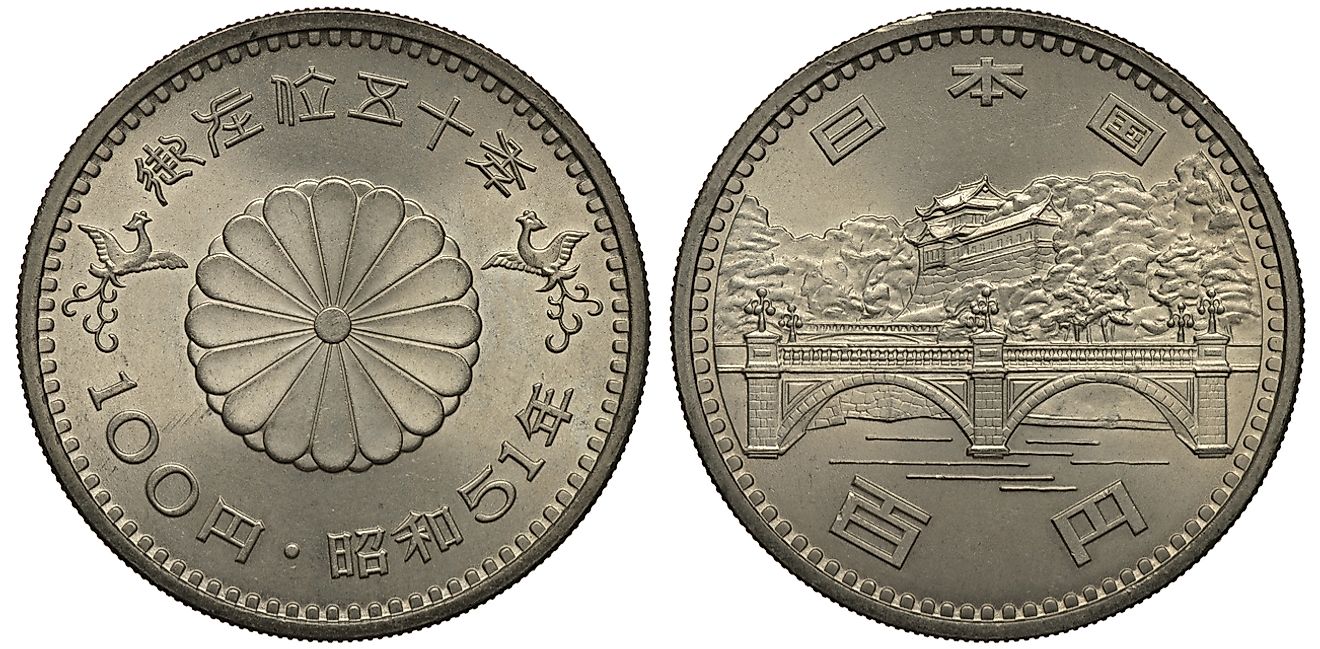Emperor Hirohito - Figures Throughout History

Emperor Hirohito was Japan’s 124th emperor from 1926 to 1989 and was succeeded by his son Akihito. His reign is the longest in Japan’s history. Emperor Hirohito also set a precedent as the first crown prince to travel abroad when he traveled to Europe in 1921.
5. Early Life
Hirohito was born on April 29, 1901 at the Aoyama Palace in Tokyo. He was Prince Yoshihito’s eldest son. He attended schools for the nobles in Japan where he got training in religious matters, military training in addition to science subjects such as Mathematics and Physics. At the age of 20 years, Hirohito traveled to Europe in the company of 34 Japanese men where he stayed for six months. Upon his return from Europe in November 1921, he took up leadership of Japan in an acting capacity from his father who was suffering from poor health. On January 26, 1924, Hirohito married his distant cousin Princess Nagako.
4. Rise to Power
Emperor Hirohito ascended to the throne on December 25, 1926, after his father died. Although he took up leadership at a time when democracy was beginning to take root in Japan, it soon changed, and political unrest rocked Japan in subsequent years. Shortly after his ascension to the throne, the military rebelled, political assassinations became frequent, and Japan’s economy plunged. Emperor Hirohito was Japan’s commander-in-chief of the armed forces and the highest spiritual authority. However, he did not exercise his influence over the military. During the Second World, Japan aligned itself with Germany and Italy in the fight against the allied forces. It is speculated that Emperor Hirohito was against Japan’s participation in the war and the alliance with Italy and Germany. After Hiroshima and Nagasaki bombings in 1945, Emperor Hirohito broke precedence and announced Japan’s surrender to the allied forces. Japan lost over 2 million soldiers and close to 1 million civilians in the war. Shortly after Japan’s surrender to the allied forces, US helped Japan draft a new constitution that came into effect in 1947. The new constitution declared Japan as a Constitutional Monarchy and limited the Emperor’s authority.
3. Contributions
Emperor Hirohito served Japan diligently for 64 years. He was vital in ending the Second World War when he announced his country’s surrender. He also led Japan in recovering from the devastating war. Emperor Hirohito revealed his selfless nature when he broke precedence in several instances in favor of Japan’s peace and stability. The emperor was keen to unite Japanese people and preserve the imperial system of Japan. After the end of WWII, Hirohito was not prosecuted for war crimes like other leading government figures.
2. Challenges
Emperor Hirohito experienced significant challenges during his reign. The most notable challenge was the political upheaval in Japan shortly after his ascension to the throne. He led Japan wisely throughout the unrest up to a time of calm and stability. Japan also experienced severe turmoil during the Second World War which must have been difficult for the emperor. The bombings of Hiroshima and Nagasaki devastated Japan which led the Emperor to surrender to the allied forces.
1. Death and Legacy
The emperor took up leadership of Japan at a time when the economy was declining and steered the country to economic success. He was a symbol of unity and peace to the Japanese. His greatest achievement was leading Japan into recovery after the war destroyed Japan’s economy and infrastructure. Emperor Hirohito died on January 7, 1989, after battling duodenal cancer. He was given a state funeral attended by many world leaders.







